MINTERROR NEWS.COMTM
Bringing the latest mint error news to the collector. Also featuring Die Trials, Patterns, Test Pieces, Numismatic Rarities, Currency Errors and Discoveries from the U.S. Mint.

|
|
|
Discoveries

NGC Certifies Unique
Wartime Discovery
2.5 Gram Bronze Cent
Struck at the San Francisco Mint
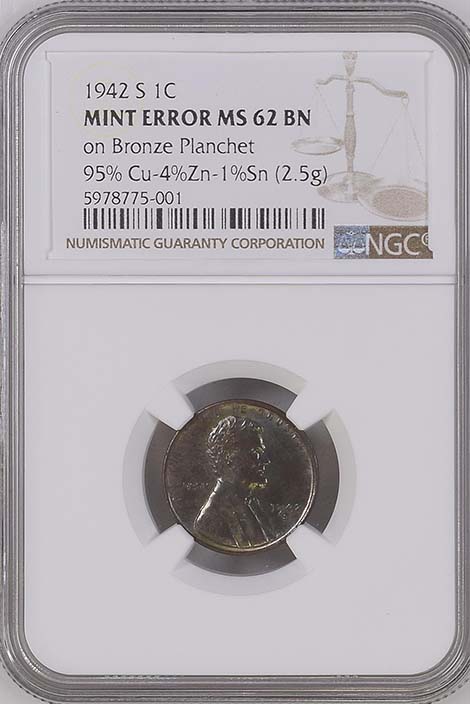  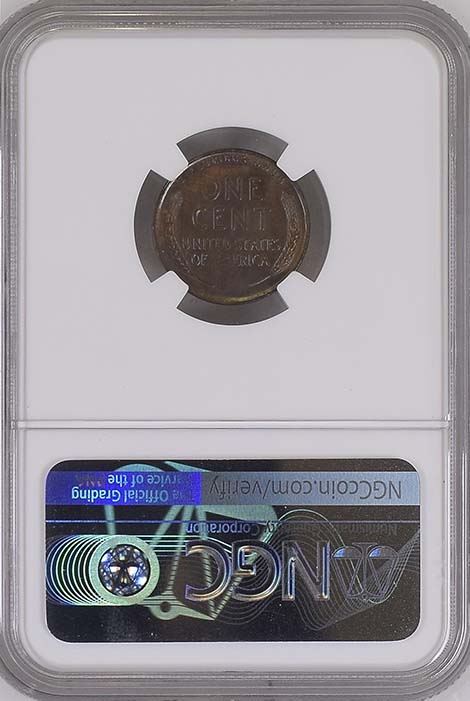

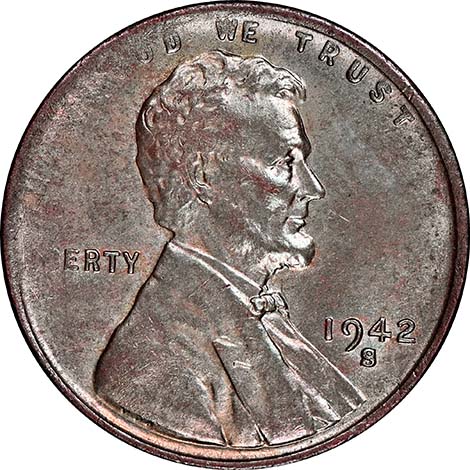  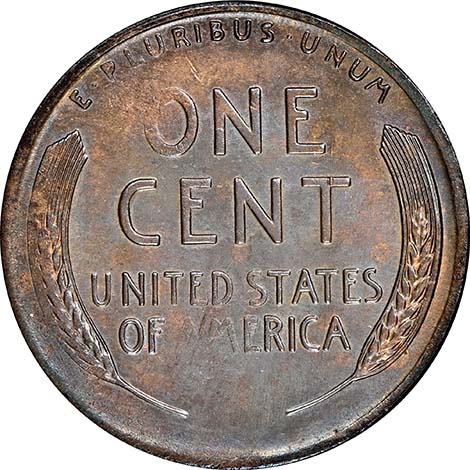
Here are examples of NGC certified coins and planchets from the U.S. Mint in Philadelphia during World War II that were plated and coated:

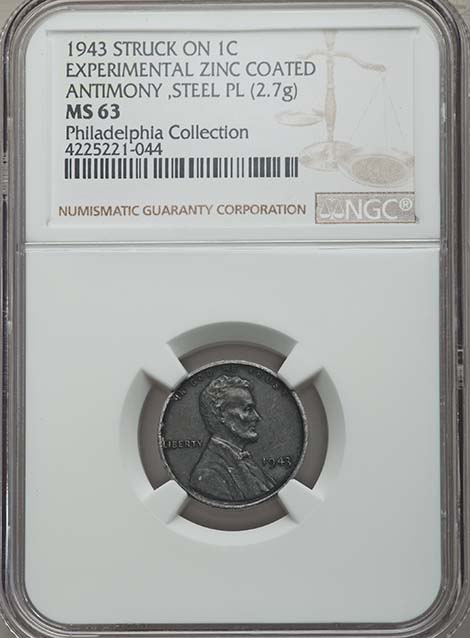  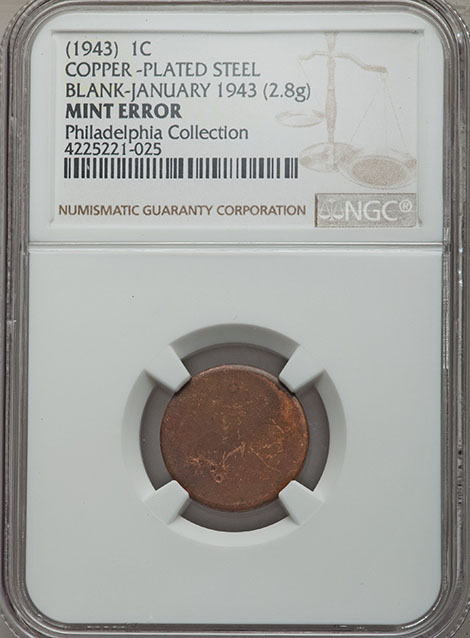

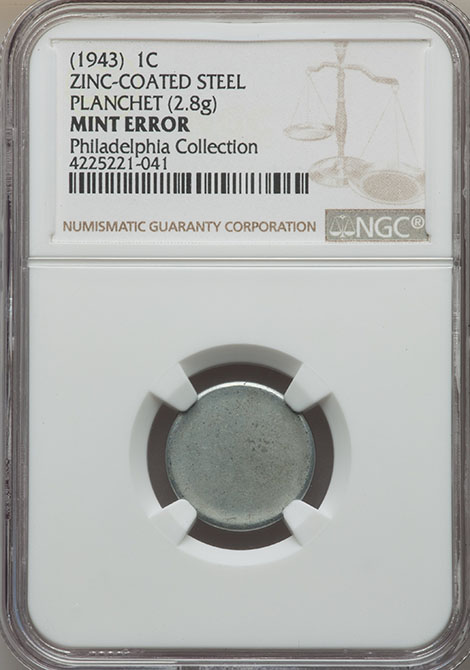    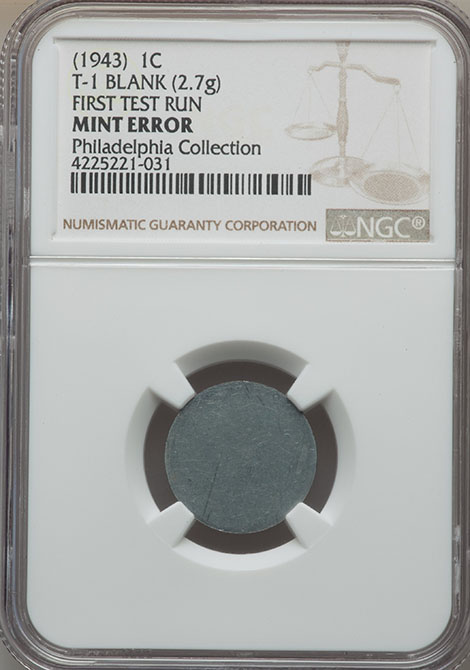 |
This 1977 Eisenhower Dollar was struck at the Denver Mint. It was struck on a 40% Silver planchet that was only used to strike Eisenhower Dollars at the San Francisco Mint.
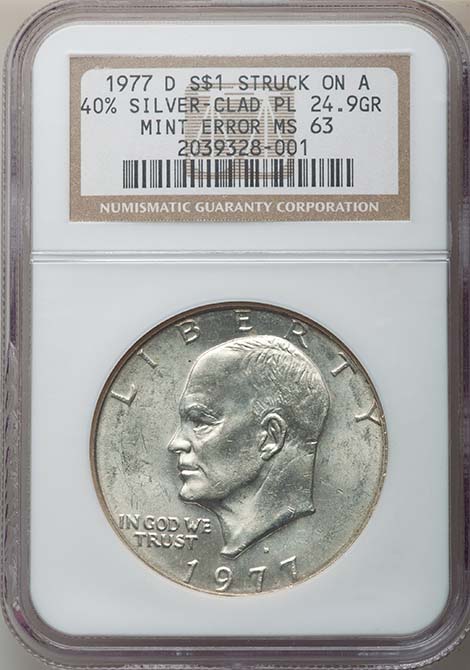 |
1942 Lincoln Cent J-2079
Struck in Aluminum
PCGS PR 66
UNIQUE
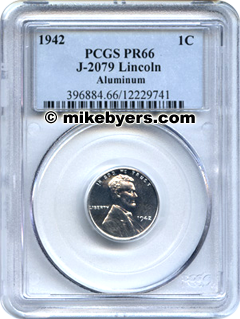  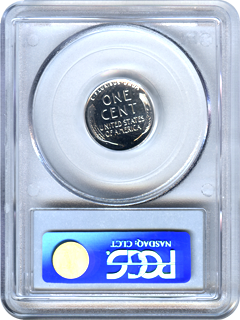 |
 Another unique 1942 Lincoln cent experimental off-metal struck at the Philadelphia Mint was 95% tin and 5% zinc, realizing $86,250 in a Stack's auction in 1996 (lot #4253). In comparison, in 1996, copper 1943 Lincoln cents were $30,000 - $50,000. Today they are $200,000 - $350,000. Another unique 1942 Lincoln cent experimental off-metal struck at the Philadelphia Mint was 95% tin and 5% zinc, realizing $86,250 in a Stack's auction in 1996 (lot #4253). In comparison, in 1996, copper 1943 Lincoln cents were $30,000 - $50,000. Today they are $200,000 - $350,000.
 This unique 1942-S cent, most likely struck on a 1942 Curacao cent planchet from the Philadelphia Mint, coated or plated with zinc and then struck in San Francisco by U.S. cent dies, will remain an enigmatic discovery. It belongs in a world-class collection of Lincoln cents, major mint errors or unique numismatic rarities. This unique 1942-S cent, most likely struck on a 1942 Curacao cent planchet from the Philadelphia Mint, coated or plated with zinc and then struck in San Francisco by U.S. cent dies, will remain an enigmatic discovery. It belongs in a world-class collection of Lincoln cents, major mint errors or unique numismatic rarities.




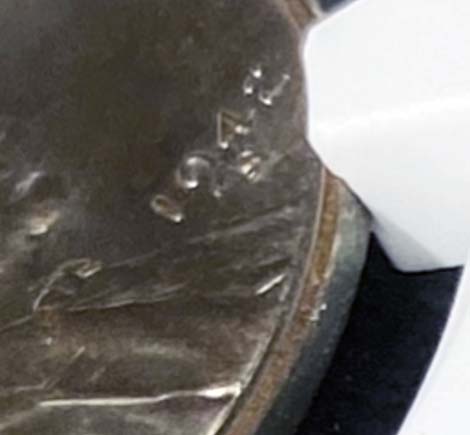
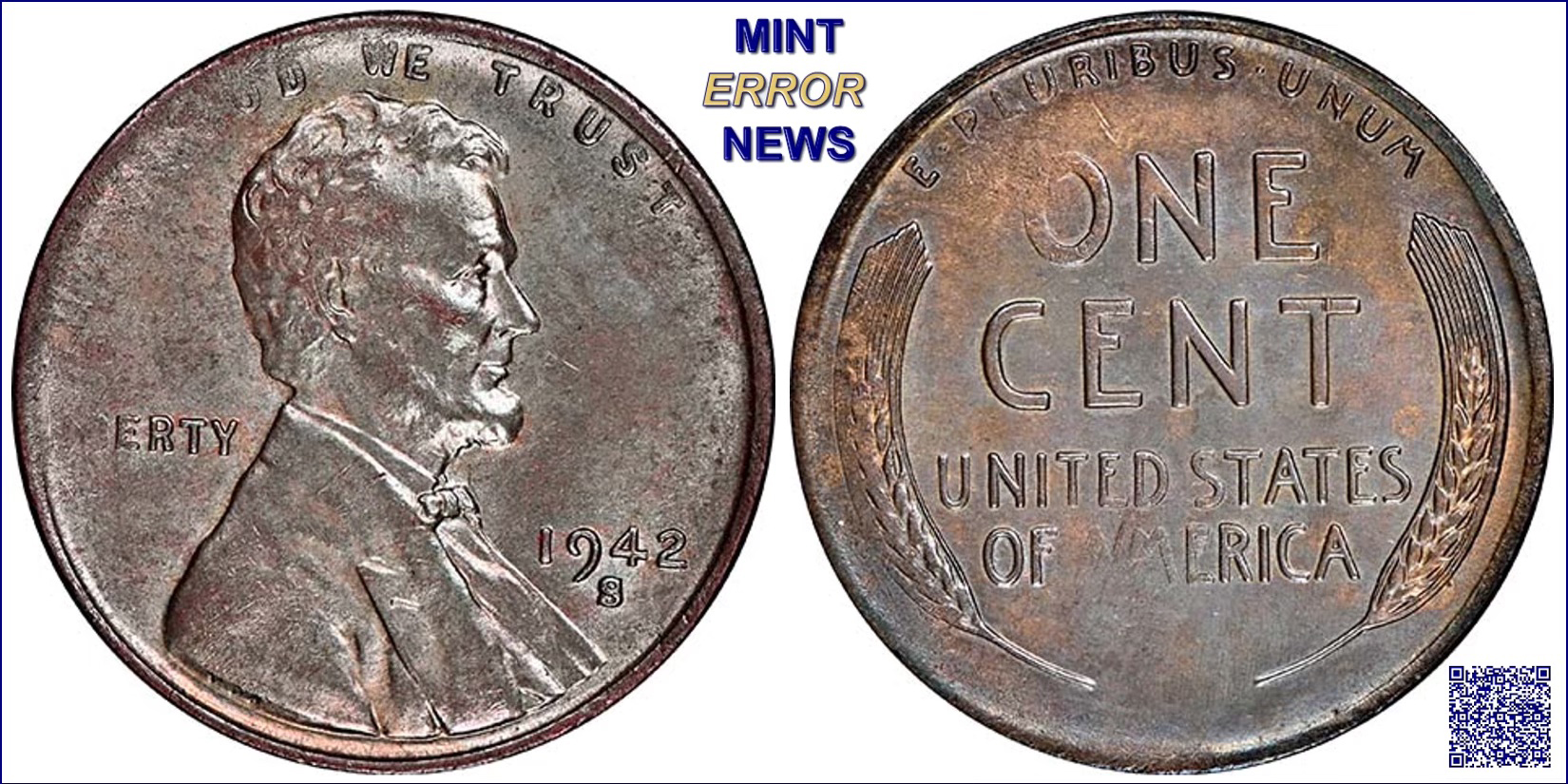
Click here to view the Mint Error News exclusive article Foreigners in the Mint and a 69 page report of coins struck by the U.S. Mint for foreign countries. It is the most comprehensive report available anywhere.

Off-Metal Errors are featured in the NLG award
winning book, World's Greatest Mint Errors.
  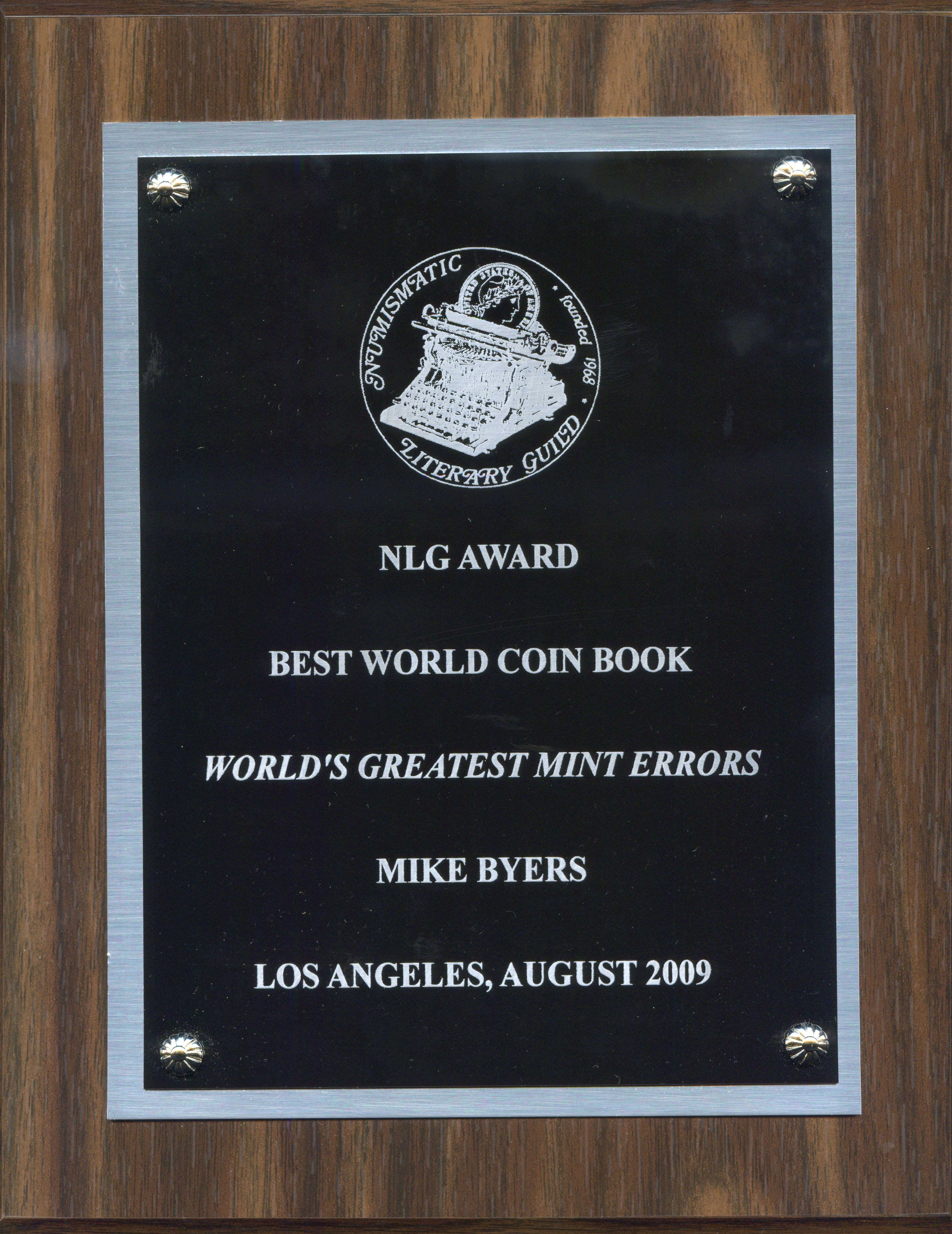
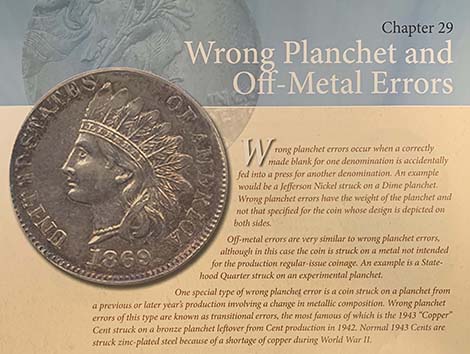


|
|
|
|
|
|
Copyright Ⓒ 2021 minterrornews.com. All rights reserved. Legal notice.
|
|
|
|